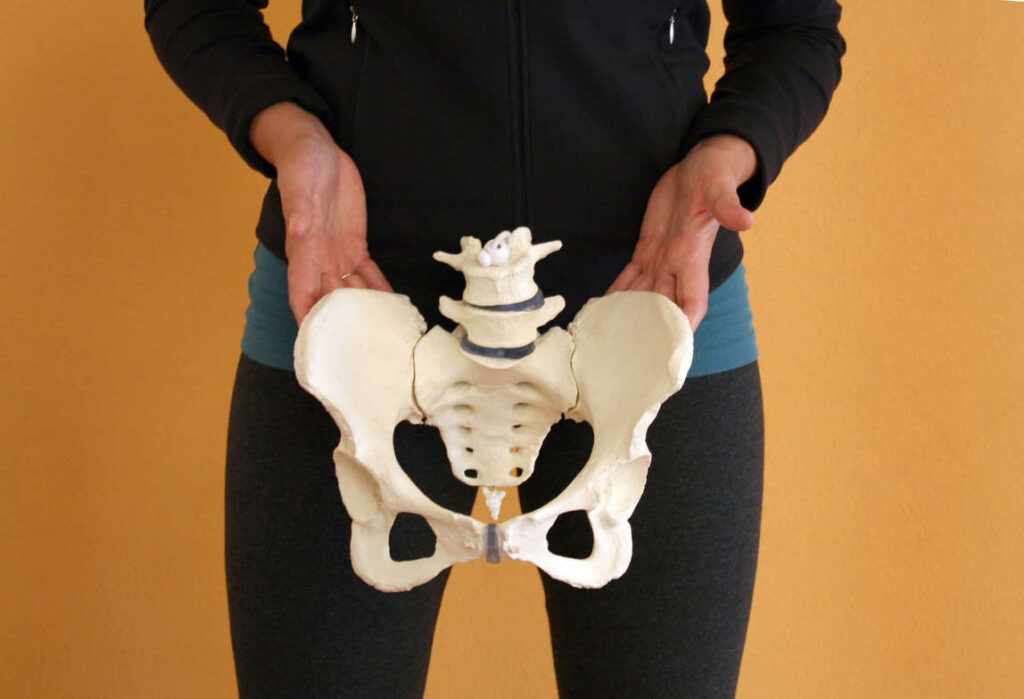
Pelvic Tilt is based around the positioning of the pelvis in relation to the body. If your pelvis is out of position it is usually titled one way or another leading to many other interruptions within the kinematic chain. Pelvic tilt is known to be a common contributor to motor control, stability, posture, and lack of mobility. Due to pelvic tilt being connected to muscles by your pelvis and lower back you can expect more pelvic region discomfort as the muscle will tense up. The muscles associated with the lower back significantly contribute to good or poor posture.
Types of Pelvic Tilt Issues
When analyzing potential pelvic tilt issues there are three common types, anterior, posterior, and lateral pelvic tilts. The difference regarding each pelvic tilt type is based upon the positioning of the pelvis in conjunction with the body, you then understand that each type of pelvic tilt demonstrates the direction that the pelvis is fixed in.
Anterior Pelvic Tilt
Anterior pelvic tilt is highlighted when the front of the pelvis rotates forward and the back rotates upward. This common type of pelvic tilt largely impacts spine health and could be a direct result of dormant activity and how you sit. Prolonged sitting leads to your hip flexors tightening up which induces change in the position of the pelvis.
Posterior Pelvic Tilt
While anterior pelvic tilt relies on the front of the pelvis rotating forward and the back rotating upward, posterior pelvic tilt occurs when the front tilts up and back with the bottom rotating under the body. Much like anterior pelvic tilt issues, the spine is jeopardized which can be supplemented with corrective treatment.
Lateral Pelvic Tilt
The lateral pelvic tilt is characterized by the pelvis shifting side to side which may contribute to one hip side being higher than the other. Due to the constant shifting of the pelvis it becomes detrimental to the erector spinae muscle group.
Treatment for Anterior Pelvic Tilt
- Lying Posterior Pelvic Tilt – Core and glute strength
- Plank – Glute and hamstring activation
- Single-Leg Reverse Hypers – Glute strength
- Half-Kneeling Hip Flexor Stretch – Release tight hip flexors
Treatment for Posterior Tilt
- Superman – Strengthens weak glutes and lumbar spine
- Leg Raises – Strengthen weak hip flexors
- Seated Hamstring Stretch – Stretches tight hamstrings causing the pelvis to tilt backward
- Hamstring Foam Roll – Release tight hamstrings
Treatment for Lateral Pelvic Tilt
- Lying on Side Leg Lift – Strengthens the gluteus medius
- Lying Reverse Leg Raises – Strengthen weaker side
- Clamshell Exercise – Helps strengthen the gluteus medius
Our physiotherapist will assist in guiding and curating a dynamic treatment plan that will elevate all of the muscle groups in contact with the pelvis. For more information regarding the clinic and to book online, please visit https://bodysciencetherapy.janeapp.com/ or call (905) 997-2639.
